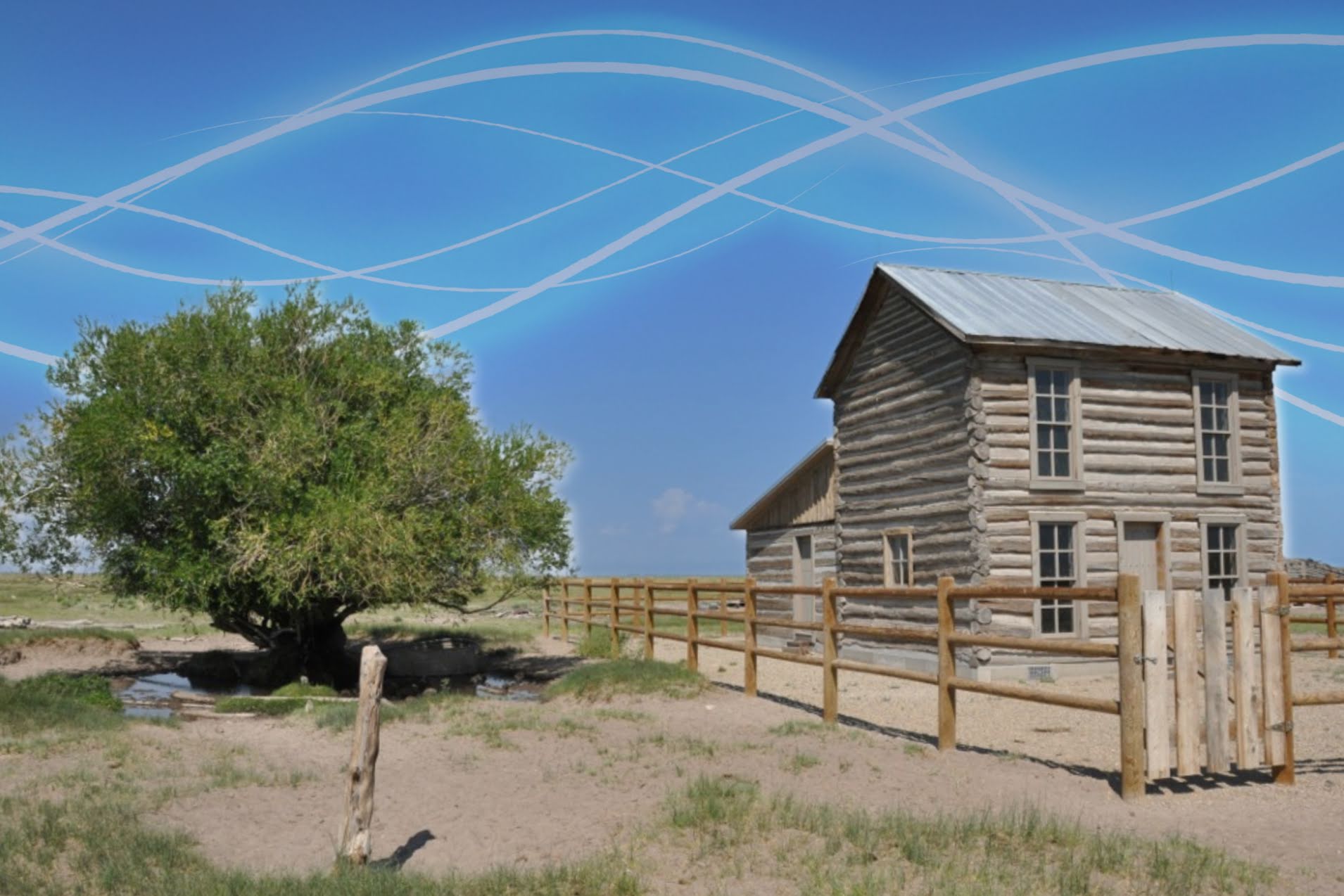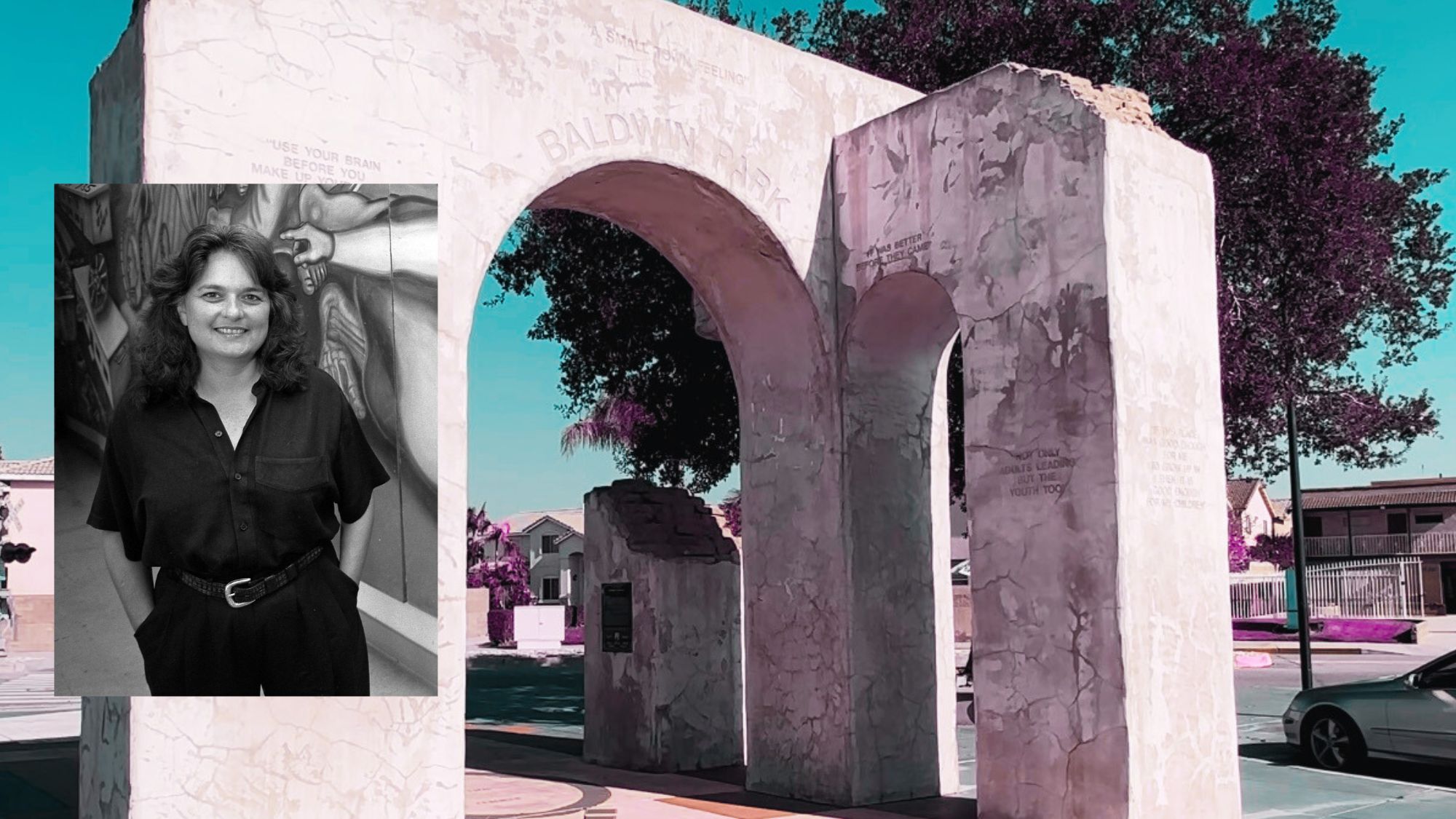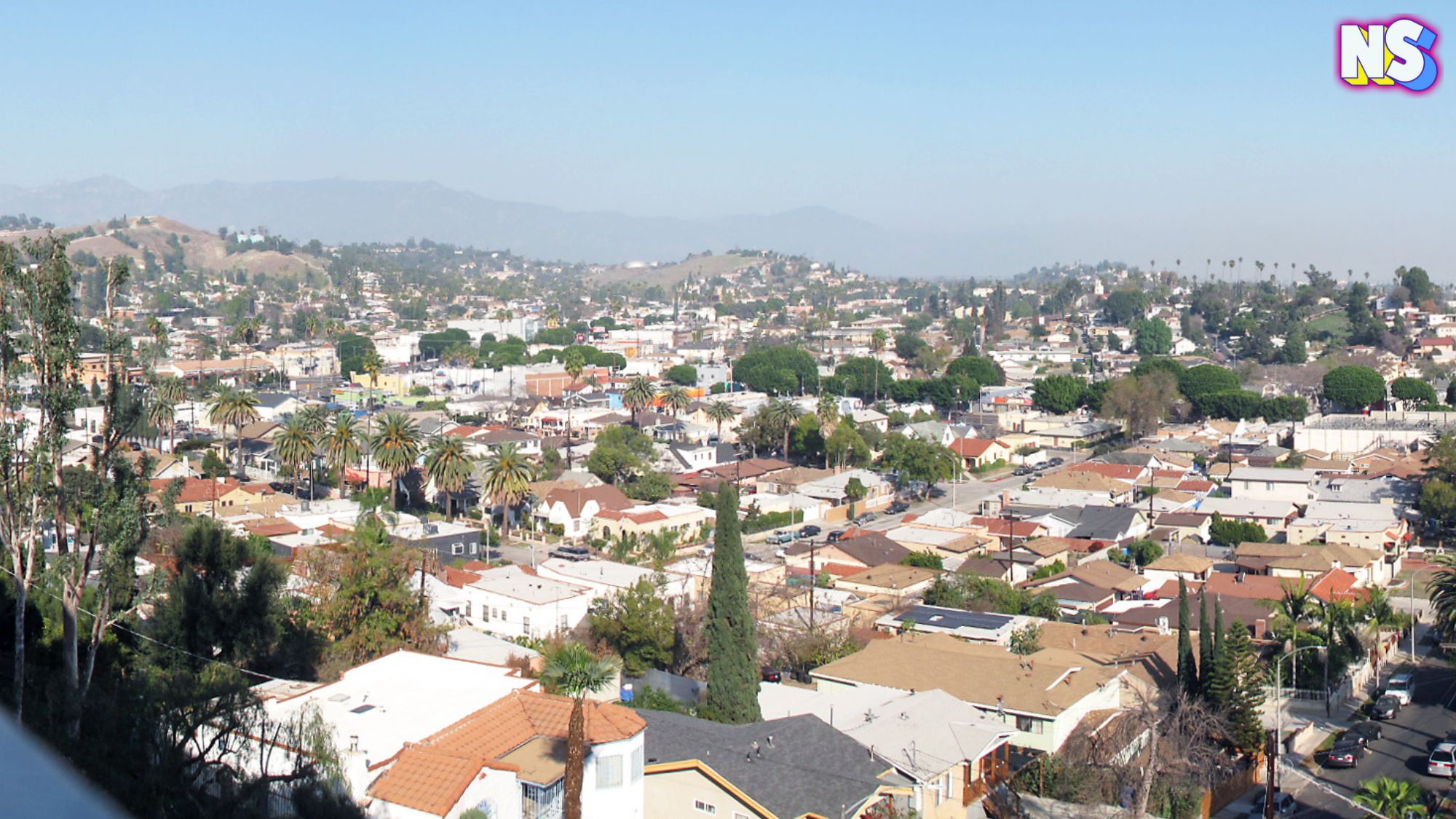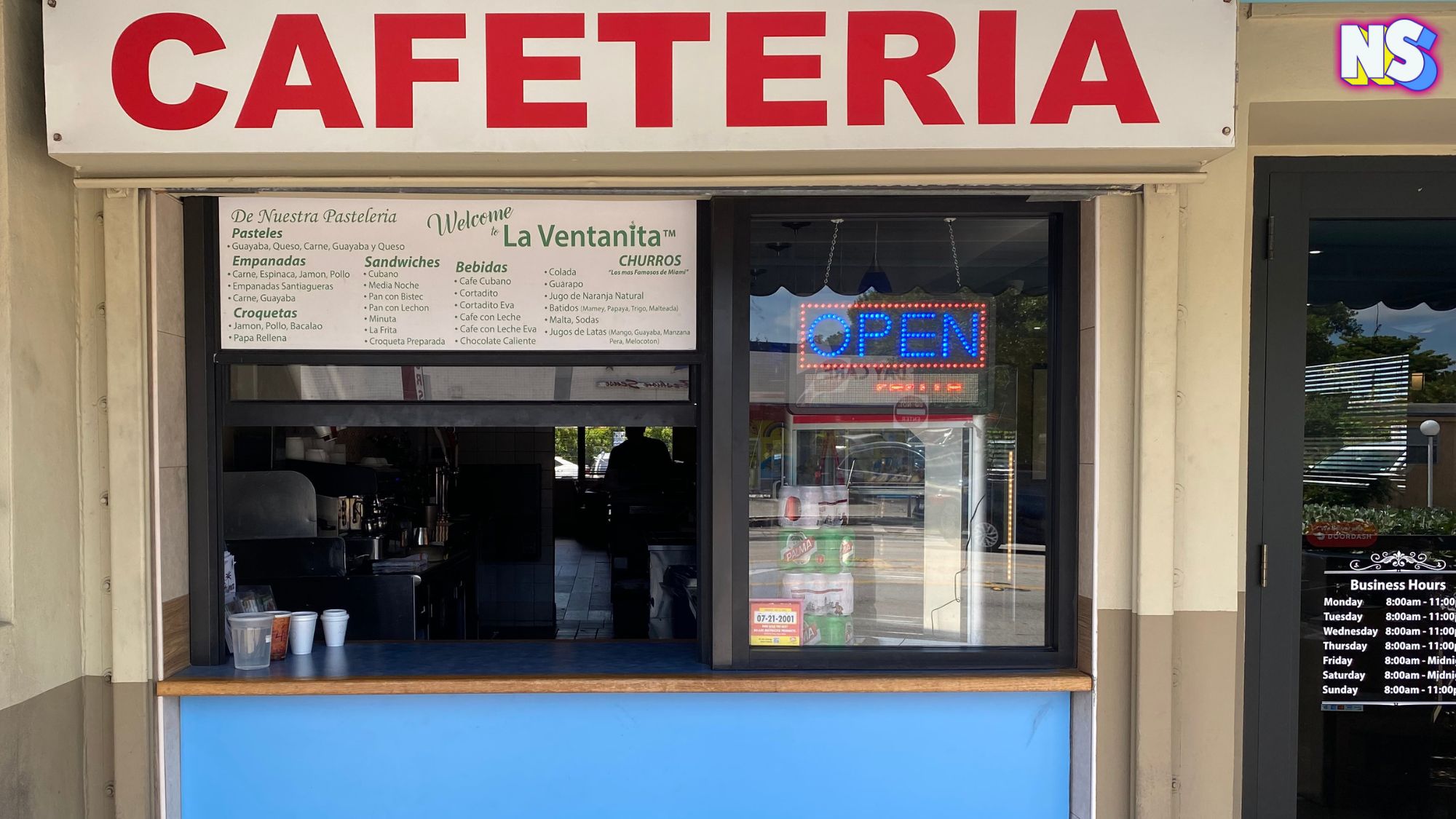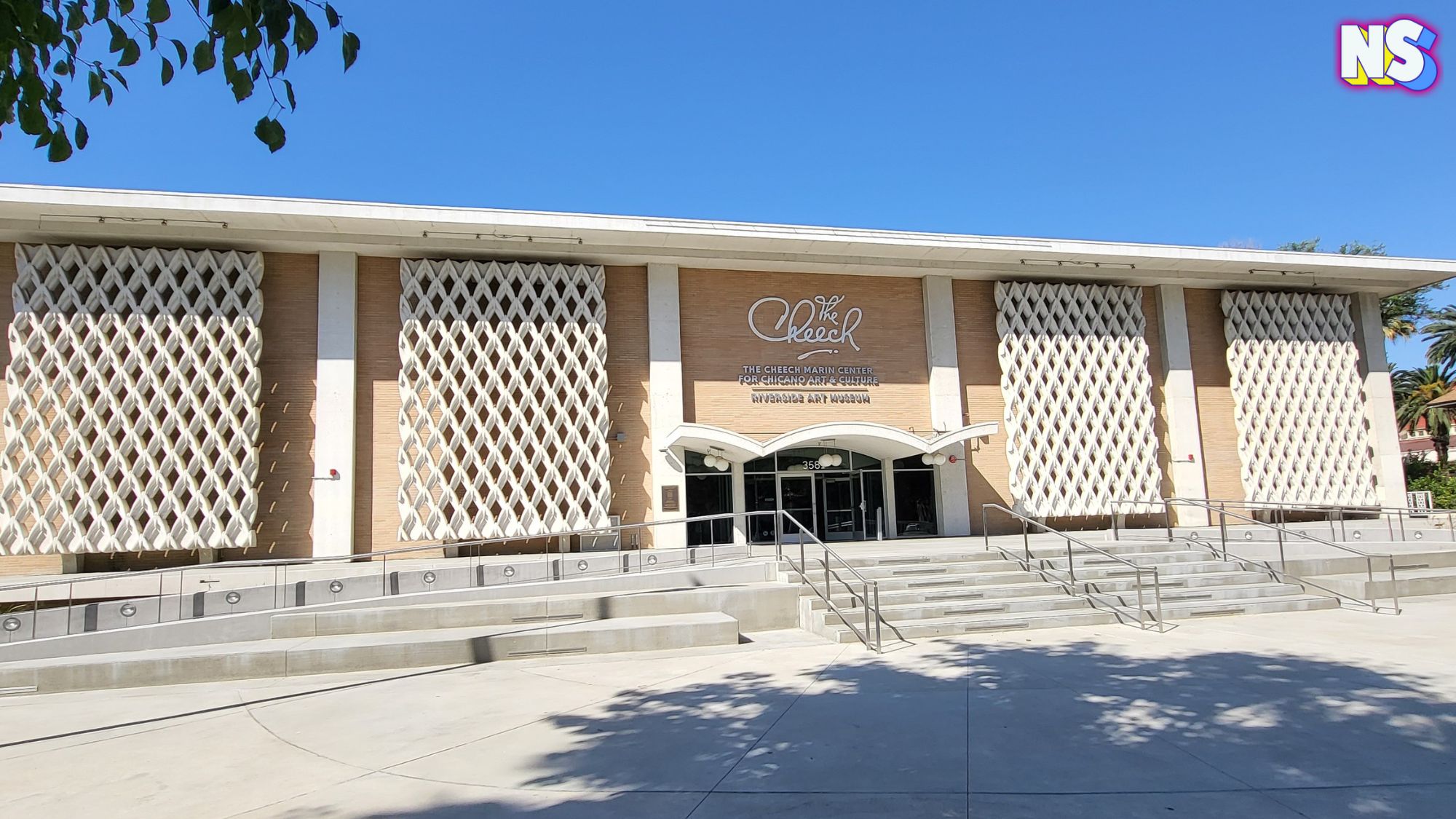Credit: Nuestro Stories
Located a little west of the Sangre de Cristo Mountains, in what is now known as Zapata Ranch, lies the Trujillo Homestead. Once a ranch full of sheep, tobacco, wheat, goats, horses, and family, this large swath of Colorado land was built upon after Mexico’s northern territories were seized by the United States in 1848. It then became a symbol for the cultural differences between the Mexicans who lived in the new America, and the Americans who moved to the land that once was Mexico. The rancho began in the hands of Teofilo Trujillo.
The birth of Trujillo Homestead
Teofilo Trujillo was Born in Rio Arriba County in 1842, before the territory became part of America. By the time he was 6, his family had become American citizens. Teofilo’s father, Antonio, purchased $300 dollars (translates to about $12,000 dollars in today’s money) worth of land and began to cultivate it into a farm, which gave Teofilo first-hand knowledge from an early age on what it took to build and maintain a homestead. When his father died in 1863, Teofilo left New Mexico and moved to Colorado. During a time when the United States government was encouraging settlement of the West through land grants, Teofilo took advantage. Learning what his father could do with such a small plot of land, he realized he could duplicate the process on a larger scale.
Within the first year of moving to the area, Teofilo fell in love. He married Andrellito Lucero, and the two began to build a home together on their land in the San Luis Valley. Through the course of their marriage, the pair had six children together – only their first born son, Pedro, lived until adulthood. Pedro became an integral part of the ranch, and after he married, built his own property on the land. He worked alongside his father to create a sophisticated rancho that highlighted the very clear differences between the American settlers, and their lacking knowledge of the land, versus the Mexican way of life, and ability to cultivate their own soil. The pair set up a sophisticated system for irrigation, and between the two households, everyone in the family, men, women, and eventually children, worked the land together. The Trujillo Homestead began to thrive.
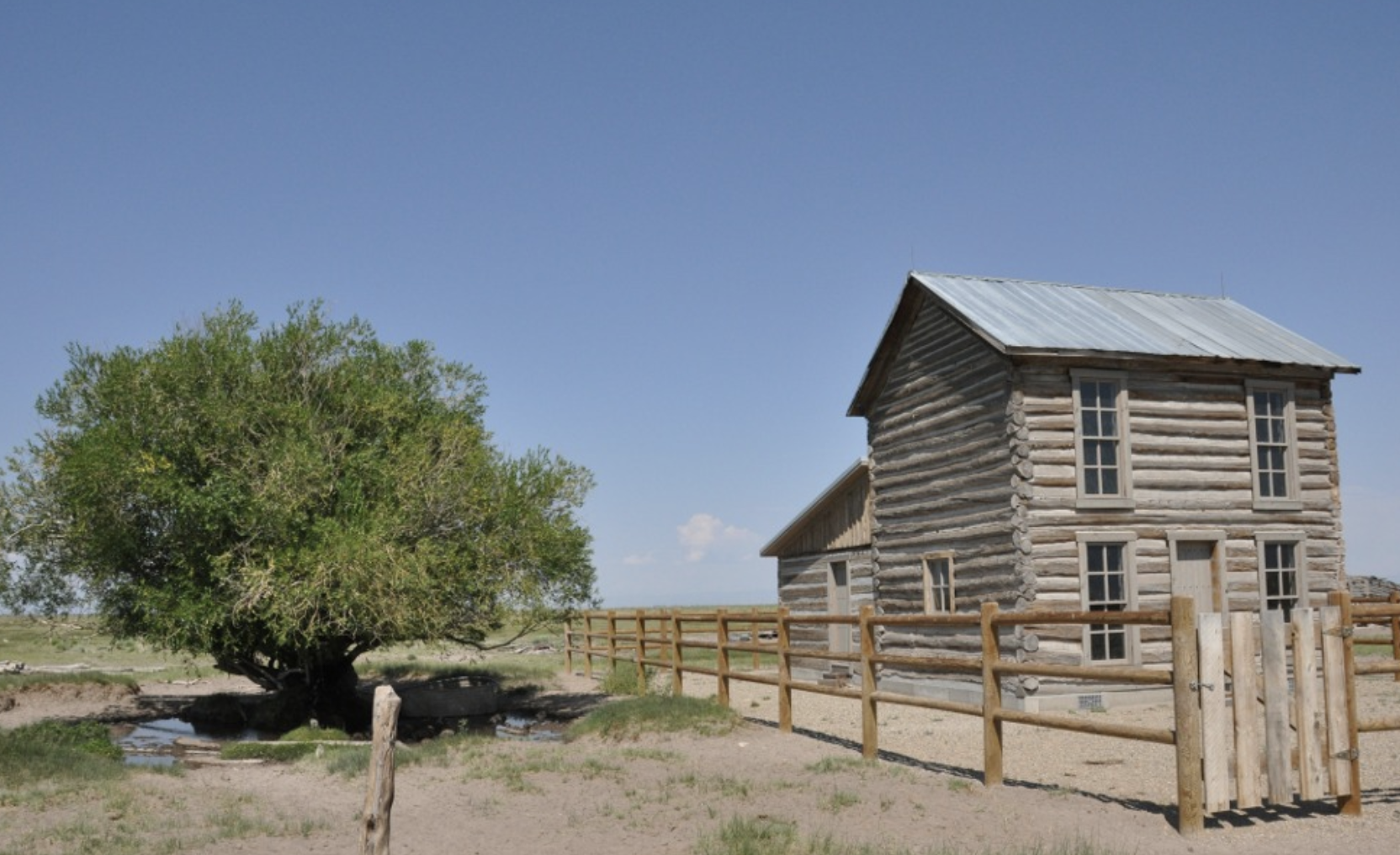
Mexicans were envied in this era, too
Unfortunately, that also drew envy from the American landowners around the Trujillos. On top of the rancho thriving, the Trujillos were unlike the Americans because the Trujillos focused on goats and sheep while most Americans focused on cattle; the Trujillos raised mostly sheep and goats for milk. This also meant that the cattle and the sheep and goats were both feeding on the same public ranges. The cattle ranchers began an intense intimidation tactic, including coming to the Trujillo homestead and killing a number of the sheep. When the attackers went to trial, and while the Trujillo’s were away from the ranch, supporters of the cattle ranchers went to the homestead and burned down all of the buildings on the land, including the Trujillo home.
Eventually, the Trujillos sold their land to the neighboring Medano ranch. Teofilo and his wife moved to the San Luis Valley. Pedro moved his family to Sargeants, where he established a ranch and eventually served as deputy sheriff.
Today, the log house that Pedro and his wife lived in is the only original structure from the homestead that remains – the rest burned in the fire during the cattle wars. There are also 35 of the original acres of land that were deemed the Trujillo Homestead National Historic Landmark. Unfortunately, no artistic or photographic evidence of the home remains, and only comes from hand me down stories. The direct descendants of the Trujillo family still live in Colorado to this day.
Things to know before you go:
- The Homestead is located inside of the Nature Conservancy’s Zapata Ranch in Hooper, Colorado.
- The Ranch is open for tours, horseback riding, hiking and more. Check out their website to find out full details.
Location: Hooper, CO 81136
See it here.

